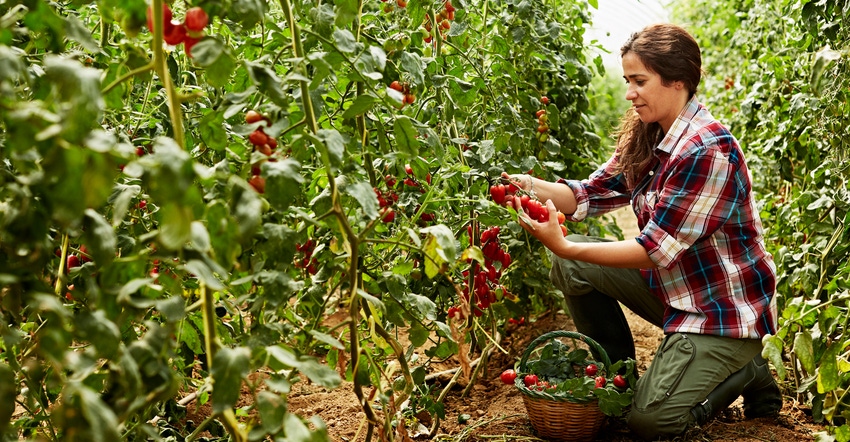December 15, 2021

Specialty crop farmers in North Dakota are more abundant than one would think, but they’re not well-represented in USDA statistics.
The 2017 USDA National Agricultural Statistics Service reported 35 vegetable producers and 10 fruit and nut growers in the state. For the past 10 years, I have been a Farm Management Education Program instructor, working mainly with specialty crop farmers across the state, and know of more than 250 vegetable growers in North Dakota.
USDA’s specialty crop list includes:
fruits and tree nuts
vegetables
culinary herbs and spices
medicinal plants
nursery, floriculture and horticulture crops
North Dakota’s specialty crop farmers raise mainly vegetables and some fruit and culinary herbs.
On the surface, specialty crop farming does not seem to be all that complex. However, quite a few agronomic and business management decisions need to be made throughout the year. Every farmer that I have assisted has a diverse cropping system and often includes livestock as well as value-added products.
Plans essential
The typical specialty crop producer in North Dakota will grow 15 to 20 different crops, with each crop requiring a plan. The plan includes succession planting, spacing out plantings of the same vegetable every two to four weeks, or switching from cool-season to warm-season and then back to cool-season crops. This can all happen on the same field, all within four months.
The farmer utilizes an integrated pest management program that protects the crops yet allows beneficial insects such as pollinators and soil microorganism to thrive. A diverse cropping system that produces high yields requires a balance with nature.
Harvesting the crops may start in early June and go well into September of each year. By the time harvesting has started, a marketing plan needs to be in place. The producer must decide on the marketing channel or a combination of marketing channels. These channels include direct customer sales such as farm stand, farmers markets, Community Supported Agriculture and pick-your-own. Indirect market channels are sales to restaurants, grocery stores, schools and wholesalers.
Harvesting involves picking the produce, sorting, cleaning and packaging. Meanwhile, sorting can vary depending on the customer. Usually, direct customers are willing to take produce with blemishes and various sizes. Indirect customers such as restaurants prefer the farmer provide produce that meets a sizing standard based on produce diameter and grading for uniformity, maturity, color, damage and cleanliness.
A food safety plan is usually documented by the farmer that includes using food safety practices for all activities from the purchasing of seed through the delivery of the product to the customer. This plan is developed and followed with the intention of keeping the farmer’s customers safe and satisfied.
In the past, crop insurance has been overlooked but it is becoming a integral part of the specialty crop enterprise.
Opportunities for local farmers
On Oct. 6, USDA introduced a crop insurance for farmers who sell locally. It is called the Micro Farm policy and is offered through Whole-Farm Revenue Protection. The policy is available to farms with revenue of $100,000 or less. It provides easy access to the program, which requires no expense or individual commodity reporting and simplifies recordkeeping requirements. Revenue from post-production activities, such as cleaning and packaging, as well as value-added products, are allowable as revenue. This crop insurance is sold through private insurance agents.
Recordkeeping and financial planning become more important as the farm grows. Records are kept to analyze each crop’s potential for profitability and to assist in determining which crops will be planted in the upcoming year. Records are also kept on pests, which will assist in crop rotation practices.
Often vegetable farmers will have open fields and high tunnels. Each location will provide ideal growing conditions for specific crops, and both locations are important to the farm’s profitability and must be used to maximize whole farm profit.
Knudson is an instructor with the North Dakota Farm Management Education Program, which provides learning opportunities in economic and financial management for farmers and ranchers. Visit ndfarmmanagement.com, or contact Craig Kleven, state supervisor for ag education, at [email protected] or 701-328-3162 for more information.
You May Also Like




